How to Treat Blood Blisters
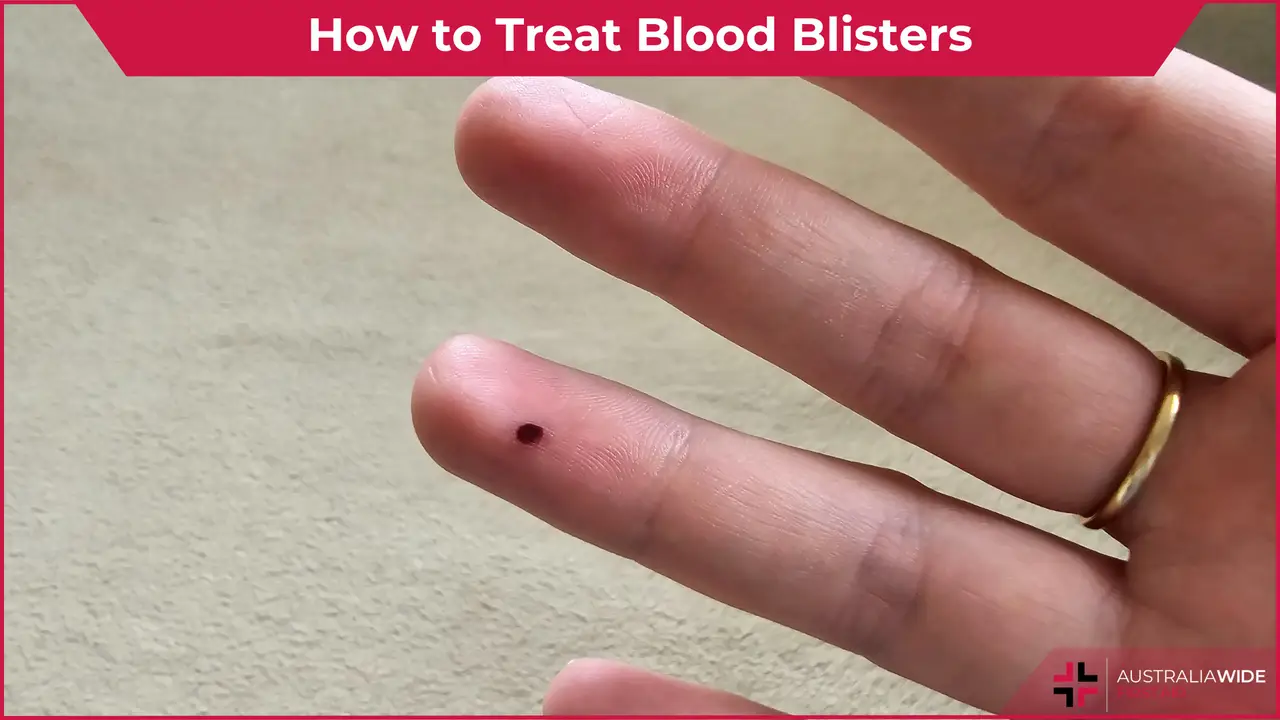

Blood blisters can be a painful and unexpected inconvenience.
Whether caused by friction, pinching, or injury, these fluid-filled sacs beneath the skin's surface can disrupt daily activities and cause discomfort.
Fortunately, with proper first aid techniques, you can effectively treat blood blisters and facilitate their healing process.
A blood blister is a blister that forms by filling with blood, instead of the usual clear fluid found in friction blisters.
Most blisters are formed when the lower layers of your skin are stretched and pulled against each other, causing small tears.
This causes the body to respond by creating a pocket and filling the injury site with fluid. It is clear fluid most of the time, but if you have damaged the blood vessels around the blister site, it will fill with blood instead.
An example would be pinching a part of your finger in the handle of some scissors. The injury has damaged the lower layers of skin and their blood vessels, but not torn open the skin.
Other blisters can form as a result of an illness or disease.
Blood blisters usually appear as a raised lump that is red in colour. As the blood dries over time, the blister can turn dark red, purple, or black.
They can occur on any part of the body, but usually on fingers, hand, toes, feet, and bony areas such as elbows.
If they appear in an unusual place like the mouth or eyelids, it is worth getting them checked by a doctor. These may have a serious underlying cause.
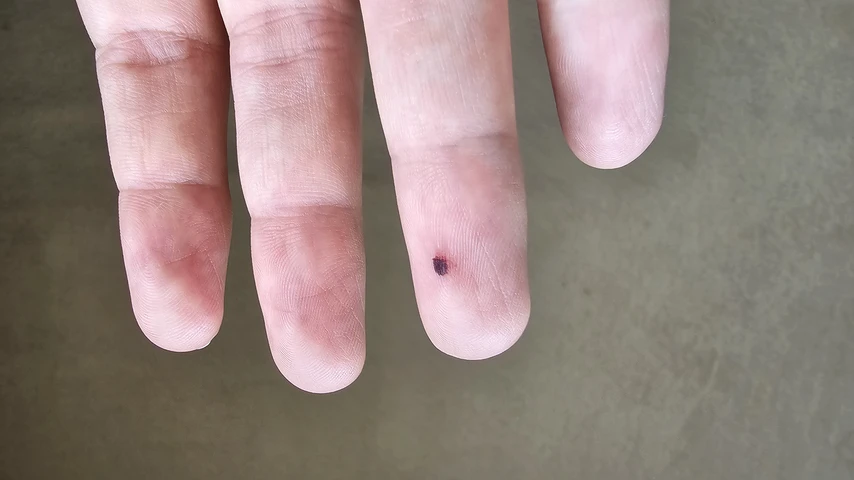
Luckily, the majority of blood blisters don’t require any specific treatment. They will generally heal on their own in a week or two.
The blood and fluid within the blister will dry out, often turning darker in colour. New skin grows beneath the blister, pushing it up and out. Eventually it may appear like a scab on your skin surface and flake away.
Keeping the blister dry and protected as it heals will help prevent infection and allow a faster healing process. Wrapping it in a bandage may be helpful.
In the immediate aftermath of forming a blood blister, you may want to apply a wrapped ice pack to reduce pain, or take over-the-counter pain medication such as paracetamol.
If the blood blister is particularly painful due to the pressure of the fluid, you may wish to drain it. Follow these steps to ensure you are draining your blister in the best way.
If it is not painful or pressurised, you don’t need to pop or lance the blood blister. Opening the wound can encourage infection.
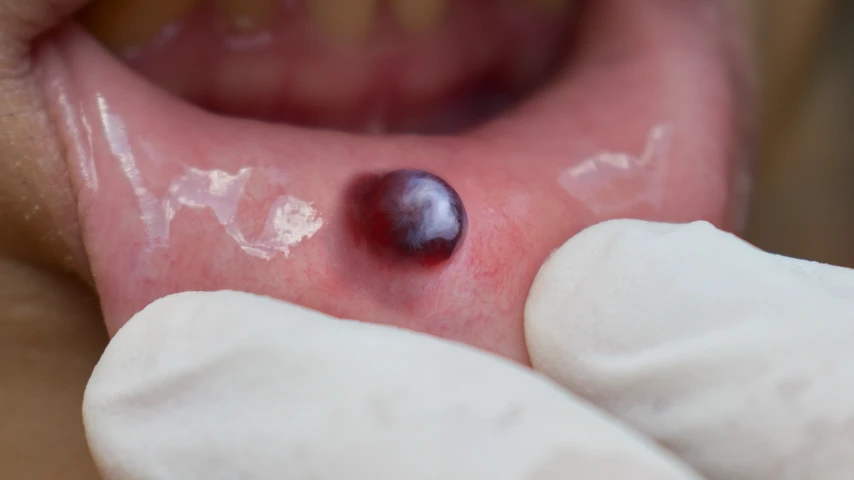
As with all injuries, if you spot signs of infection then you should seek medical attention promptly. The skin around the blood blister should appear normal – if it is hot, red, or streaky, seek advice.
Signs of infection can include:
You should also see a doctor if your blood blister:
If you have a blood blister in or around your mouth or eyes and wasn’t caused by injury, you should seek medical attention – these often have a serious underlying cause that will need medical treatment.
Overall, blood blisters are generally harmless, if uncomfortable. Leaving them to heal on their own is the best way to treat them, but do seek medical advice if you are concerned.
Are blisters dangerous? In general, blisters are not dangerous. They can be painful, irritating, and bothersome, but most are caused by friction or injury. If you have blisters appearing with no apparent cause, seek medical advice to rule out any concerning underlying causes.
Should I pop my blister? Blood blisters should be left alone - popping them could lead to a blood infection. Similarly, an opened friction blister can become infected. Most blisters will heal on their own within a week or two. A friction blister may be drained by carefully piercing with a sterilised needle in a few places around the lower edge of the blister. Clean and cover with a compression bandage to promote the best healing.
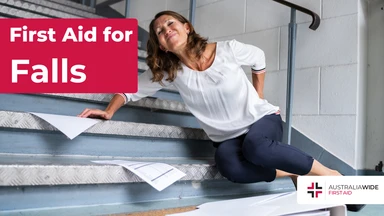
March 6, 2025
Falls are one of the most common causes of injury, particularly among children and older adults. Whether it’s a simple trip or a serious fall from height, knowing how to administer first aid can prevent further injury and, in some cases, save a life.

October 1, 2024
The musculoskeletal system is the foundation of human movement, support, and protection, playing a critical role in our ability to perform everyday tasks. Understanding the components and functions of the musculoskeletal system is essential for preventing injuries and managing conditions that may arise, particularly in workplaces where manual handling tasks are common.
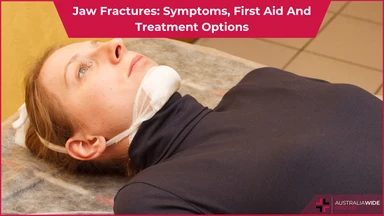
August 28, 2024
A jaw fracture is a break or crack in the jawbone. This type of injury can occur due to various reasons and may result in considerable pain and difficulty in performing everyday activities like eating and speaking.